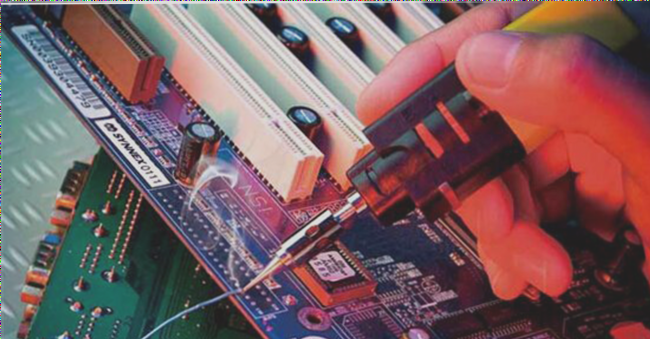Any trace on the PCB will cause a time delay to the signal when it passes a high-frequency signal. The main function of the serpentine trace is to compensate for the parts with less delay in the “same group of related” signal lines. Usually there is no or less processing by other logic than other signals. The most typical is the clock line, which usually does not need to be processed by any other logic, so its delay will be smaller than other related signals.
The equal line length of the high-speed digital PCB board is to keep the delay difference of each signal within a range to ensure the validity of the data read by the system in the same cycle. When the delay difference exceeds one clock cycle, the data of the next cycle will be misread. The delay difference is generally required to be no more than 1/4 of the clock cycle, and the line delay difference per unit length is also fixed. The delay is related to the line width, line length, copper thickness, and board layer structure, but too-long lines will increase the distributed capacitance and distributed inductance to improve signal quality. Therefore, the clock IC pins are generally connected to RC termination. However, the serpentine trace does not play the role of inductance; on the contrary, inductance will cause the phase shift of higher harmonics in the rising element of the signal, leading to deteriorating signal quality. Hence, the serpentine line spacing is required to be at least twice the line width, and the smaller the signal rise time, the more susceptible it is to distributed capacitance and distributed inductance.
Because different applications have different functions, if the serpentine trace appears in the computer board, it mainly acts as a filter inductor to improve the anti-interference ability of the circuit. The serpentine trace in the computer motherboard is mainly used in some clock signals, such as CIClk and AGPClk, serving two functions: impedance matching and acting as a filter inductor.
For important signals like the HUBLink in the INTEL HUB architecture, there are a total of 13 running at 233MHz, and the requirements must strictly be equal in length to eliminate hidden dangers caused by time lag; winding is the only solution. Generally speaking, the line spacing of serpentine traces should be equal to or greater than twice the line width. The meandering line on the PCI board is to meet the line length requirement of PCI 33MHzClock. If it is an LC filter with distributed parameters in an ordinary PCB board, it can also be used as an inductance coil for a radio antenna, or a short and narrow serpentine trace can be used as a fuse, and so on.
The equal line length of the high-speed digital PCB board is to keep the delay difference of each signal within a range to ensure the validity of the data read by the system in the same cycle. When the delay difference exceeds one clock cycle, the data of the next cycle will be misread. The delay difference is generally required to be no more than 1/4 of the clock cycle, and the line delay difference per unit length is also fixed. The delay is related to the line width, line length, copper thickness, and board layer structure, but too-long lines will increase the distributed capacitance and distributed inductance to improve signal quality. Therefore, the clock IC pins are generally connected to RC termination. However, the serpentine trace does not play the role of inductance; on the contrary, inductance will cause the phase shift of higher harmonics in the rising element of the signal, leading to deteriorating signal quality. Hence, the serpentine line spacing is required to be at least twice the line width, and the smaller the signal rise time, the more susceptible it is to distributed capacitance and distributed inductance.
Because different applications have different functions, if the serpentine trace appears in the computer board, it mainly acts as a filter inductor to improve the anti-interference ability of the circuit. The serpentine trace in the computer motherboard is mainly used in some clock signals, such as CIClk and AGPClk, serving two functions: impedance matching and acting as a filter inductor.
For important signals like the HUBLink in the INTEL HUB architecture, there are a total of 13 running at 233MHz, and the requirements must strictly be equal in length to eliminate hidden dangers caused by time lag; winding is the only solution. Generally speaking, the line spacing of serpentine traces should be equal to or greater than twice the line width. The meandering line on the PCI board is to meet the line length requirement of PCI 33MHzClock. If it is an LC filter with distributed parameters in an ordinary PCB board, it can also be used as an inductance coil for a radio antenna, or a short and narrow serpentine trace can be used as a fuse, and so on.



